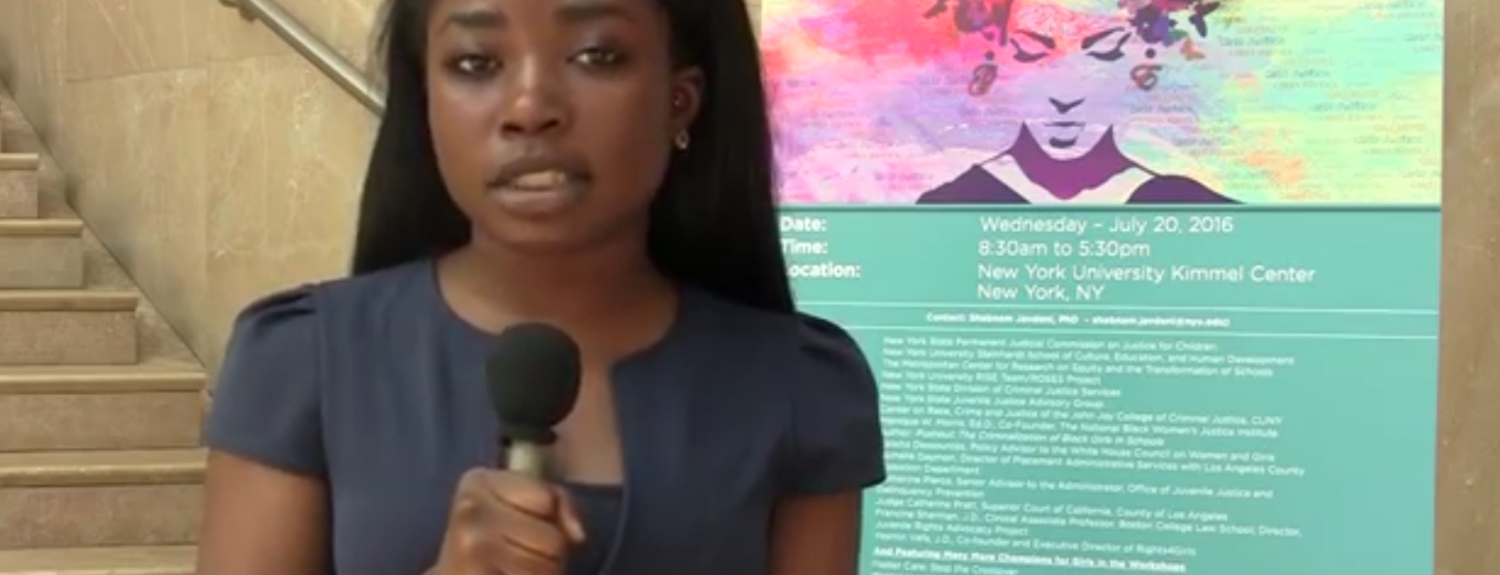News
“Girls Justice” Conferees Consider What’s Behind Juvenile Female Crime
By Vanessa Osei
Spectrum staff
[youtube]https://www.youtube.com/watch?v=WB60be_o13Q[/youtube]
Michelle Diaz had been “used and manipulated by an older man” when she was in seventh grade. The abuse was hard for her to handle, mentally and emotionally. Her response to the abuse was to run away, to stay out late at night and to disobey the rules her parents set.
For not going to school, she got arrested.
“What this justice system is doing to girls just adds to the problem,” Diaz, who dropped out of school in seventh-grade, told criminal justice researchers, juvenile detention workers, child psychologists and others during the “Girls’ Justice” conference that New York University Steinhardt School of Culture, Education, and Human Development, the New York State Juvenile Justice Advisory Group, John Jay College of Criminal Justice Center on Race, Crime and Justice and other organizations hosted July 20 at NYU’s Kimmel Center.
The conference was devoted to finding ways to both stop the increase in the number girls who wind up in the juvenile detention—if their problems at home, in school and the community might better be handled through counseling and other community-based services—and how to actually rehabilitate those whose more serious crimes result in them going behind bars.
“You can’t solve a problem without understanding the problem,” said Kathleen DeCataldo, an attorney and executive director of the New York State Permanent Judicial Commission on Justice for Children.
Diaz, for example, wishes someone had asked her why she was acting out.
Four of five girls in the juvenile justice system come from violent homes; one-third of them have been sexually abused, according to one presenter at the conference.


